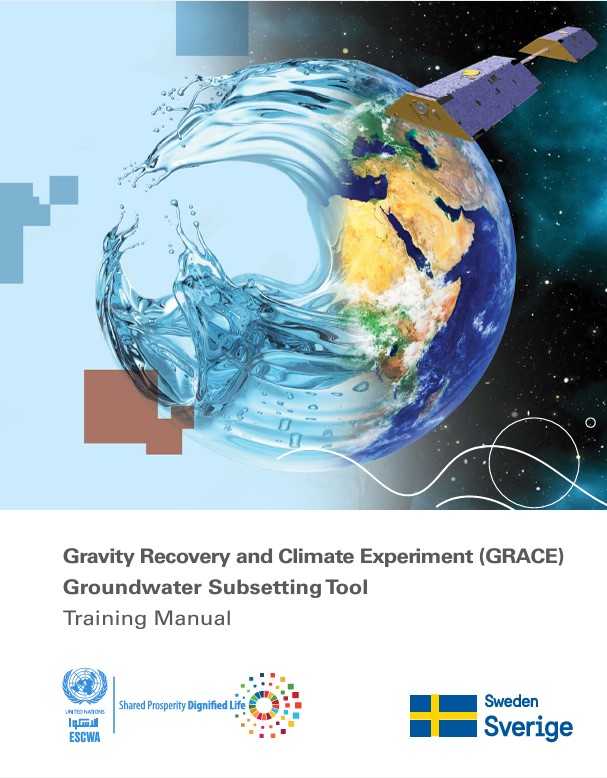Resources
All resourcesGravity Recovery and Climate Experiment (GRACE) Groundwater Subsetting Tool
Groundwater is a crucial pillar of water security in the Arab region as it is the primary source of freshwater in more than half of the Arab States, and therefore heavily relied upon. Since the launch of the National Aeronautics and Space Administration Gravity Recovery and Climate Experiment (GRACE) mission in 2002, it has been possible to monitor groundwater storage changes at a large scale using its monthly estimates of total water storage anomalies in equivalent water height. The original mission, which ended in 2017, was succeeded by the GRACE Follow-on mission (GRACE-FO) in 2018 which continues to provide large-scale estimates of total water storage anomalies. While various tools have been developed for processing and visualizing GRACE data, the GRACE Groundwater Subsetting Tool (GGST) is specifically crafted to assist regional stakeholders and decision makers in groundwater resource management.
This training manual was developed to support Arab States access GRACE data available on the Arab Groundwater Knowledge Platform to monitor groundwater storage change. The main objective is to provide a step-by-step instructional guide on the use of the GGST web application to process raw GRACE mission data. The tool eliminates anomalies and enhances resolution of the data, aiming to support the identification and characterization of long-term groundwater storage changes in selected regions. Particularly useful in data-poor areas or regions where trends may be obscured by noise from well data, GGST leverages GRACE mission data to compute and display alterations in groundwater storage through a web-based mapping system, integrating data from both the GRACE and GRACE-FO missions. The results are generated as time series and animated maps of groundwater storage changes.


